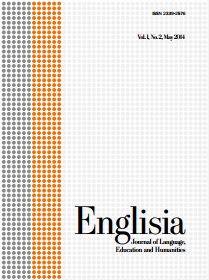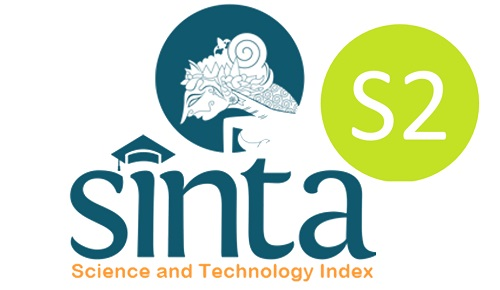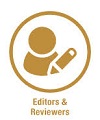FACTORS INFLUENCING SECOND LANGUAGE ACQUISITION
DOI:
https://doi.org/10.22373/ej.v1i2.187Keywords:
Second Language Acquisition, factors, influenceAbstract
Motivation, attitude, age, intelligence, aptitude, cognitive style, and personality are considered as factors that greatly influence someone in the process of his or her second language acquisition. Experts state that those factors give a more dominant contribution in SLA to learners variedly, depend on who the learners are, their age, how they behave toward the language, their cognitive ability, and also the way they learn.Downloads
References
Brown, H.D. (1994). Principles of Language Learning and Teaching. Englewood Cliffs, N.J.: Prentice Hall
Dubin. F., Olshtain. E. (1990). Course Design Developing Program and Materials for Language Learning. Cambridge: Cambridge University press
Ellis, R. (1986). Understanding Second Language Acquisition. Oxford: Oxford Uni-versity Press
Fromkin, V., Rodman, R., & Hyams, N. (2002). An Introduction to Language. Bos-ton: Wadsworth
Grabiec, S. (n.d.). Learner Factors Influencing Second Language Learning. Re-trieved from http://www.publikacje.edu.pl/pdf/7970.pdf
Harmer, J. (1991). The Practice of English Language Teaching. London: Longman
Lightbown, P., & Spada, N. (2002). How Language Are Learned. Oxford: Oxford University Press
O’Malley. J.M, Chamot. Anna. (1996). Learning Strategies in Second Language Acquisition. Cambridge: Cambridge University Press
Omaggio, A. (1986). Teaching Language in Context Proficiency-Oriented Instruc-tion. Boston: Heinle and Heinle
Richards. J, Platt. J, & Weber. H. (1985). Longman Dictionary of Applied Linguistics. England: Longman
Ur, P. (1996). A Course in Language Teaching. Cambridge: Cambridge University Press
Usman Kasim. (2010). Second Language Acquisition (Course Reading Materials for SLA Class). Banda Aceh: Syiah Kuala University
Downloads
Published
Issue
Section
License
Proposed Policy for Journals That Offer Open Access
Authors who publish with Englisia journal agree to the following terms:
- Authors retain copyright and grant the journal right of first publication with the work simultaneously licensed under a Creative Commons Attribution License that allows others to share the work with an acknowledgement of the work's authorship and initial publication in this journal.
- Authors are able to enter into separate, additional contractual arrangements for the non-exclusive distribution of the journal's published version of the work (e.g., post it to an institutional repository or publish it in a book), with an acknowledgement of its initial publication in this journal.
- Authors are permitted and encouraged to post their work online (e.g., in institutional repositories or on their website) prior to and during the submission process, as it can lead to productive exchanges, as well as earlier and greater citation of published work (See The Effect of Open Access).









